Moliniya: varieties, planting and care
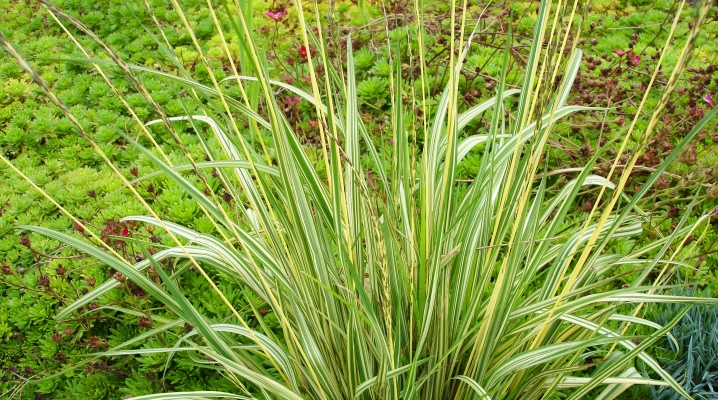
Moliniya belongs to perennial cereals that are planted for decorative purposes. It attracts summer residents not only with its appearance, but also with its unpretentiousness in the growing process. The graceful stems of the plant look especially impressive in the evening light, as well as in the morning in dew drops or silvered with hoarfrost. In our material, we will tell you more about the features of this beautiful cereal and the rules for planting it.
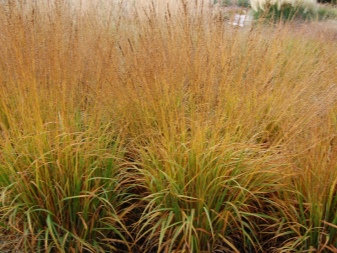
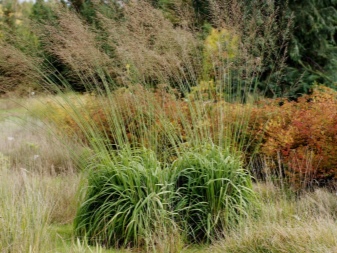
Description
The molin is distinguished by a dense leafy thicket, which begins immediately from the root. Its top is represented by oblong stems, empty inside and with ears at the ends. A plant can be compared to a fountain when it sways in the wind. This cereal blooms in July, but it cannot be said that during this period the appearance of the plant changes noticeably. Molini inflorescences are small, thin, they do not have a bright color.
In its natural habitat, the plant is found in wild desert places throughout the Northern Hemisphere. The genus includes 3 species and also hybrids. Its creeping roots hide shallowly, almost at the very surface of the earth. Lush bushes grow 0.4-2.5 meters.
Cirrus leaves of a molding begin at the very base, they have a pointed shape. Their color is usually green, but there are also varieties with colored edges.
The peduncle has a panicle-like shape, it grows to a height of 1 to 2.5 meters. By September, seeds appear in its place. The growth rate of the lightning is small, so it does not need frequent decorative processing.
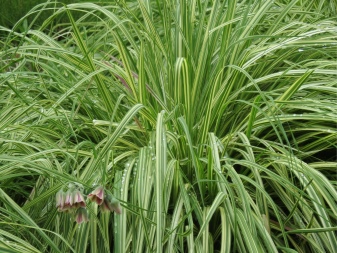
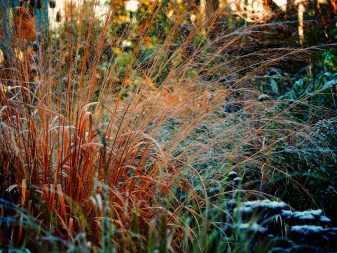
Types and varieties
Of the 3 types of lightning, only 2 will grow in the middle lane - blue and reed. The first variety is the most popular. Usually, in the first year, her bush reaches 40 cm in length, and then stretches to one and a half meters. The length of its graceful leaves can reach half a meter, while their width is no more than a centimeter. At the ends of the leaves, there are fine hairs that are silvery.
Consider the various types of lightning that are popular in the Moscow region and other regions of our country.
Karl Forster
Sharp-flowered reed grass Karl Foerster is a beautiful hybrid. He can delight with his magnificent appearance for a whole year. Its upwardly stretching and slightly bent leaves are spectacularly silver. He loves both the sun and the shade, can grow strongly and reach the two-meter mark. During flowering, the color of the foliage becomes softer, at other times the color changes from deep green to brown and straw.
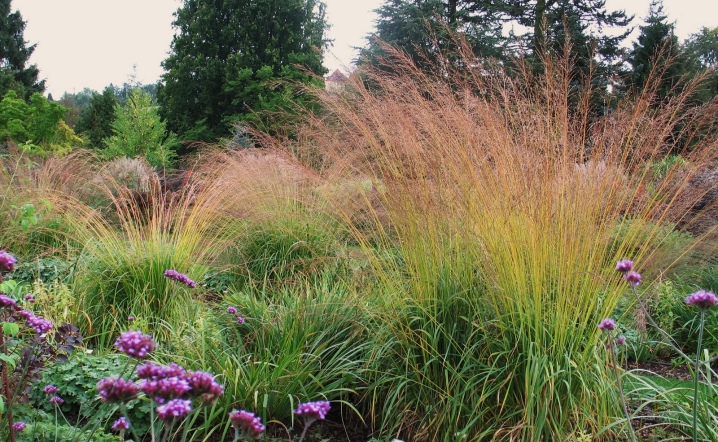
Molinia arundinacea
The height of the variety ranges from 70 to 110 cm, and in late summer and early autumn, the ears make its growth huge - up to 2.5 meters. Brown panicle inflorescences do not please with bright colors, but they look very elegant. The plant becomes fully mature after several seasons.
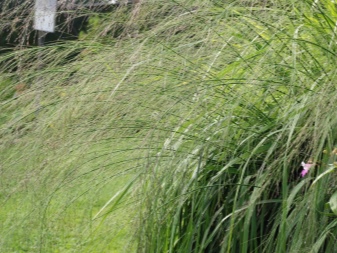
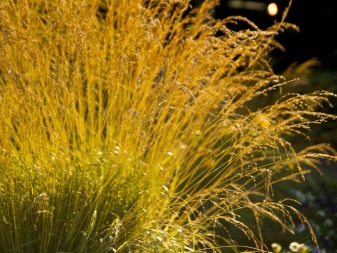
Moliniya blue "Edith Dudzus"
At first, the stems of Edith Dudszus grow straight, but after a while, she begins to scatter the stems in different directions. The hummock grows up to half a meter, and the peduncles are extended to a height of 180 cm. In September, they turn orange and, under favorable climatic conditions, they can keep their shape throughout the winter.
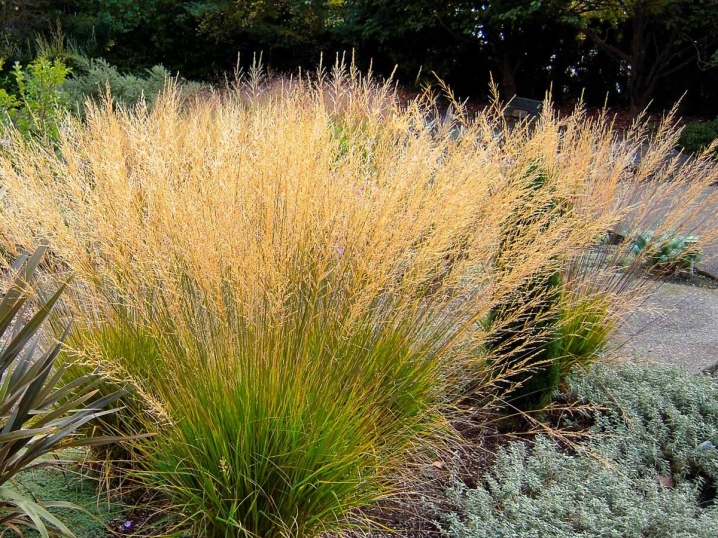
Molinia variegated
A low variety, which, even with the appearance of ears, does not exceed 40 cm. It is unpretentious and looks neat on the site, it goes well with other plants, creating an unobtrusive background for them.
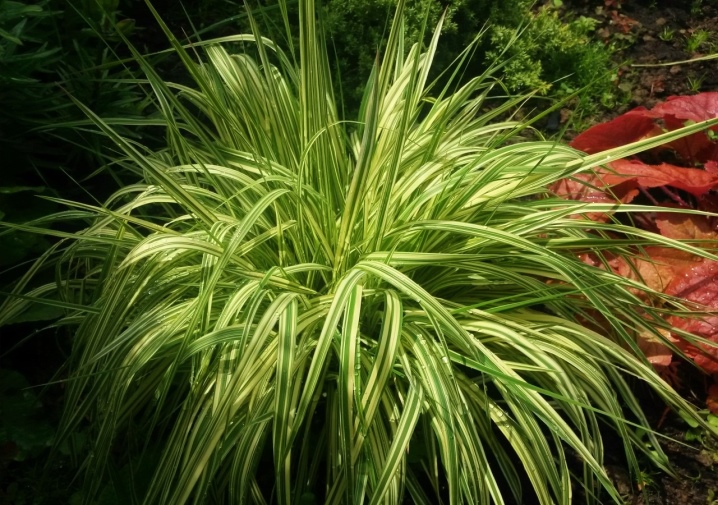
Heidebraut
The bushes of the variety are narrow, the leaves are sparse, and the stems are always directed upwards.
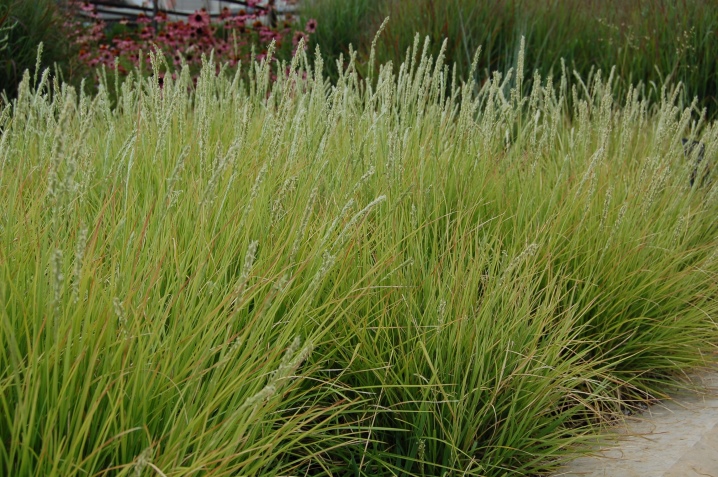
Rotschopf
Just like the previous variety, it differs in narrow bushes and straight stems, but its leaves are decorated with a beautiful burgundy border.
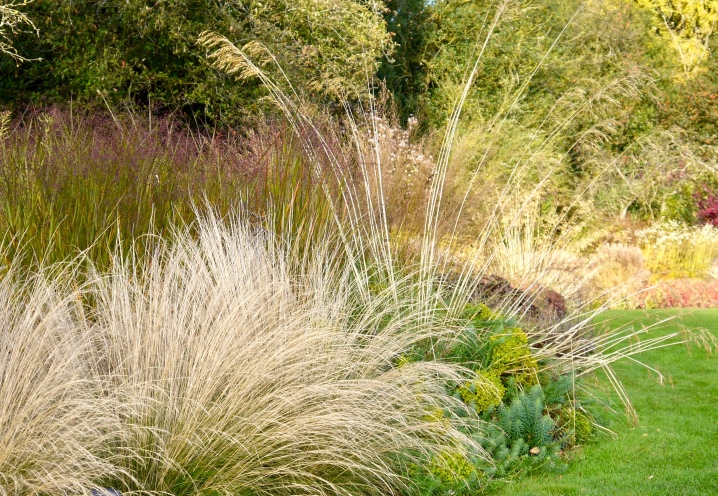
Dauerstrahl
It has more lush bushes that grow in width and spread the stems in different directions.
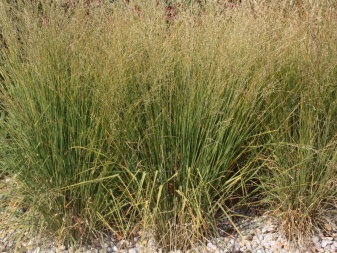
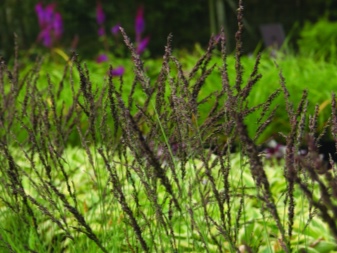
Variegata
The small height of up to half a meter gives the variety of lightning gray "Variegata" a special decorative effect. In addition, it has very elegant foliage - green with yellow veins. This so-called variegated color has made this variety very popular.
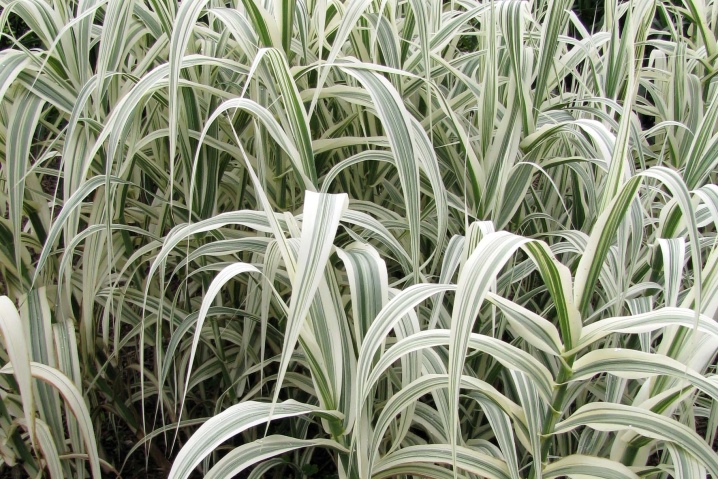
Strahlenquelle
The stems hang from the wide Strahlenquelle bush in the form of peculiar arcs. This "weeping" shape of the shoots makes it an excellent decoration for the site.

Skyraser
It is a very tall representative of the genus of lightning, it can reach a height of 2.4 meters. At the same time, the fragile stems of the "Skyracer" variety stand compactly to each other and break easily.
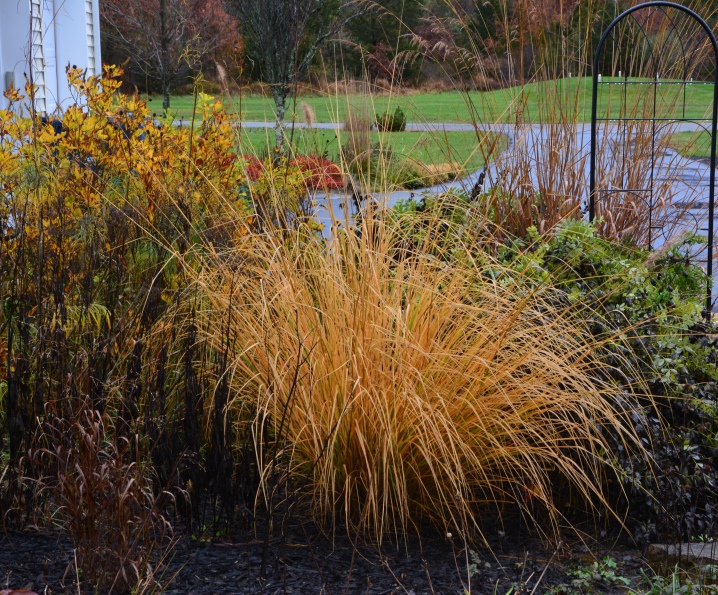
Windspiel
It also has a large size - up to 2.1 meters. It is not so brittle and flutters very nicely when the wind blows.
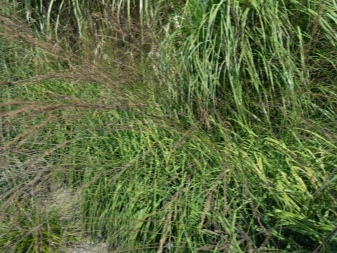

The fountain
The ears of this variety hang effectively in all directions. The height of the graceful "Fountain" reaches 2 meters.
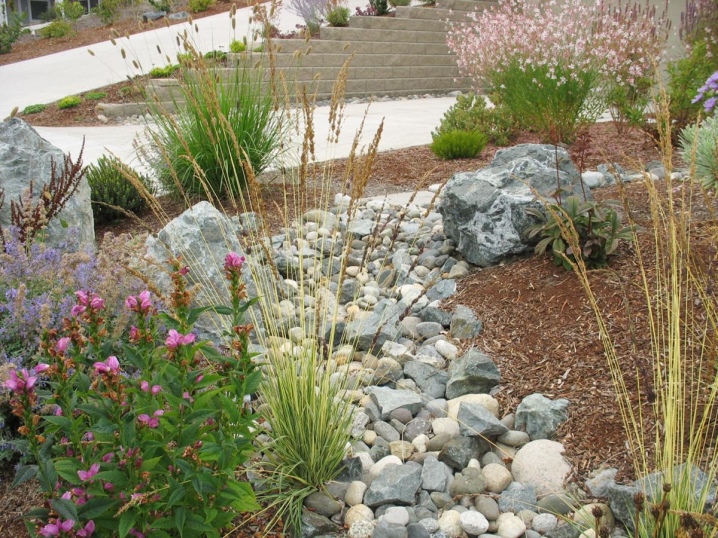
Staefa
Staefa is a compact, columnar variety with a height not exceeding one and a half meters.
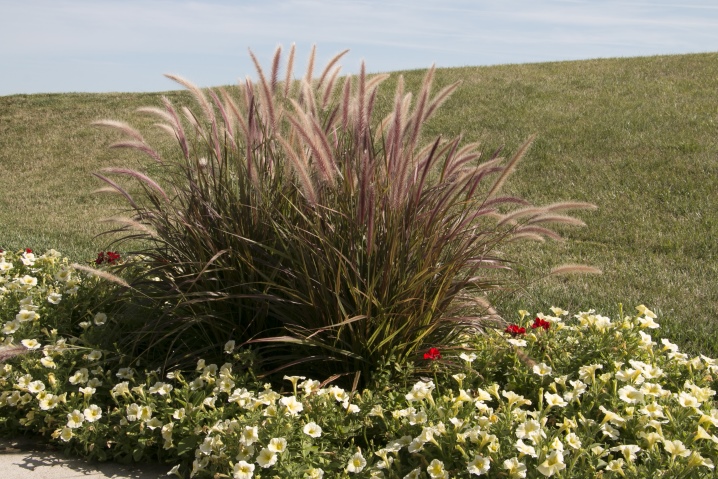
Transparent
A very large and wide bush of this variety rises 2 meters. There is a distance between leaves and ears.
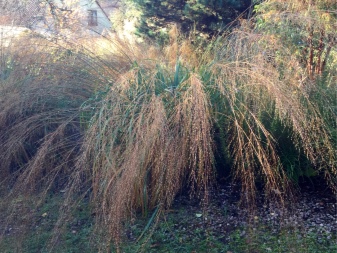

Subtleties of landing
The molin is loved by gardeners for its unpretentiousness. It grows up to 4 seasons, after which it requires absolutely no growing effort. An exception is watering, as she likes moist soil, and even waterlogged. This cereal feels good both in the light and in the shade. Molinia belongs to those plants that are actively growing in the summer.
Of course, if the sun illuminates the place of her growth all day, then she may begin to dry out... In its natural habitat, the moth grows in swamps and swamps. For this reason, when planting it on your site, it is better to choose a damp place.
Prefers light, slightly acidic earths. Ideally, the soil should be fertile, but even if it is not too rich, the plant will most likely take root well.
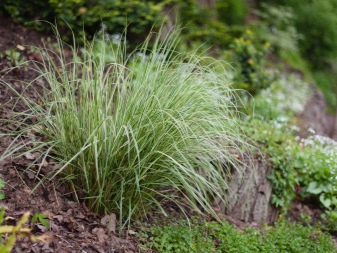

How to take care of it properly?
Let's talk about the features of growing lightning in a garden or a summer cottage.
Watering
The first time the zipper needs to be watered generously. In the second half of active growth, it no longer needs such measures.
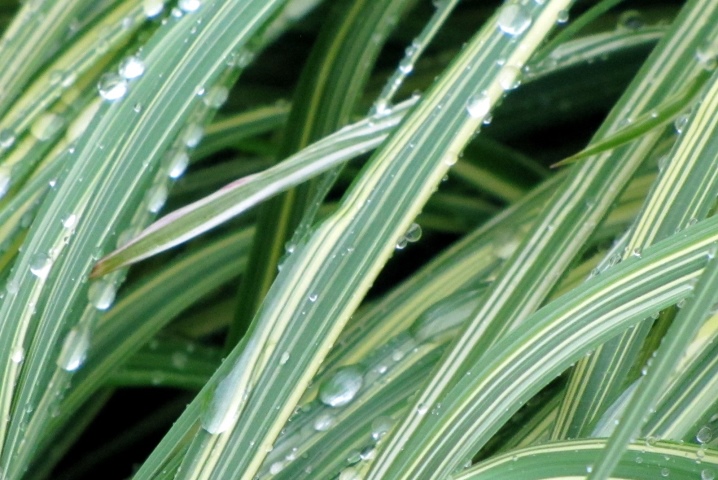
Fertilizer
This grass does not need to be fertilized, since the substances that the soil gives are enough for it. Despite its elongated shape and fragility, the zipper can easily recover after being broken by wind or rain.

Wintering
In most varieties, by the end of the season, the entire top dries up and is cut off. It can also be done in the spring, specifically in May. It is advisable to cover the remaining bush with fallen leaves. Moliniya lives from 5 to 7 years. So that it does not begin to grow on its own over the site, seeds should be in the fall.
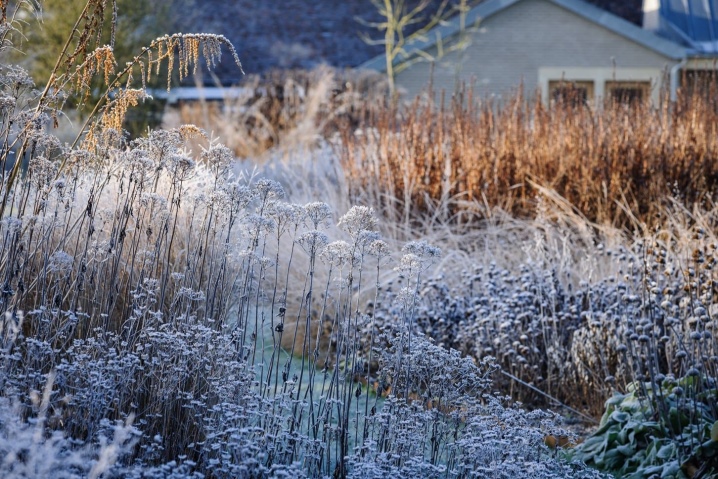
Reproduction methods
The hybrids obtained by breeders can only be reproduced by dividing the bush. Plants belonging to varieties can also be propagated by seeds.
In regions with a cool climate, seeds are planted for seedlings. This is usually done in the middle of spring. For this, it is preferable to use separate pots, which will allow in the future to transplant the bushes into open ground along with a lump of earth.


If you plant seeds directly into the ground, then you need to do this before winter. The soil is pre-watered, and the seed is scattered over the surface. In this case, they do not need to be covered with foil. Towards the end of spring, the sprouts can be transferred to their permanent habitat.
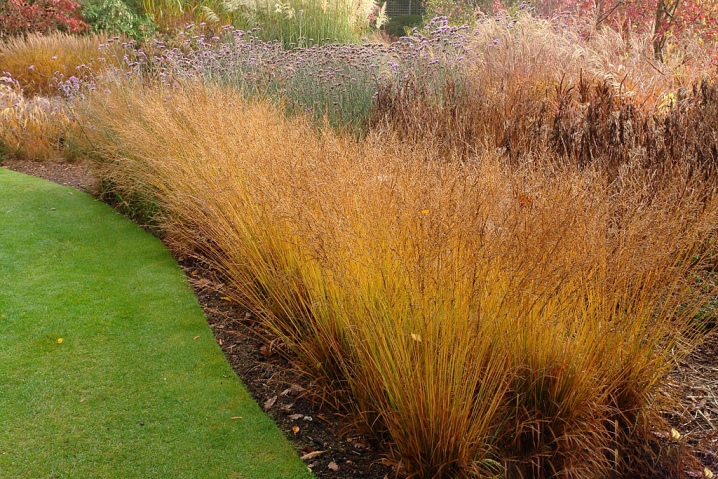
Dividing zipper bushes for planting is easy. After cutting the bush, plant the resulting parts in the ground. You can even separate parts of the plant without digging it up. Rejuvenation is good for plants, and the moth is no exception. By dividing, you will get new bushes, and thin out the old ones.
The optimal hole size is about 30 x 30 cm. You can put compost and a spoonful of fertilizer on the bottom. If you decide to transplant the bush over time, then it is better to do it in the spring.

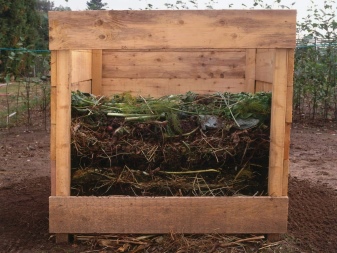
Diseases and pests
Because moths are highly resilient, they rarely get sick or suffer from pests. Only ants or slugs can spoil her health. They are not averse to profiting from young plants, namely their fragile roots. To help summer residents, such chemicals as "Anteater", "Slizneed" are produced.
Since lightning loves wet soil, it can suffer from rot, the formation of which is facilitated by excessive planting. If your bushes have suffered from this misfortune, then diseased plants need to be removed, and healthy ones should be transplanted to another, not so damp place.
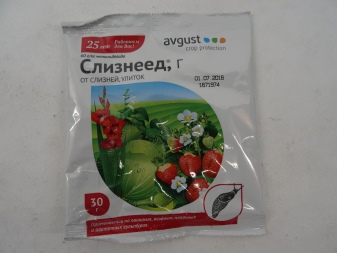
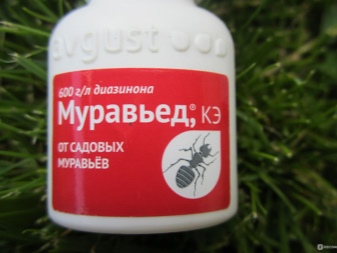
Use in landscape design
Cereals are popular in landscape design today. For all their simplicity, these plants are very graceful and can become an excellent backdrop for other garden dwellers. The lightning itself can also become a worthy decoration of the site, since it has interesting colors and develops beautifully in the wind, resembling a living fountain. And this applies to both high and low varieties.
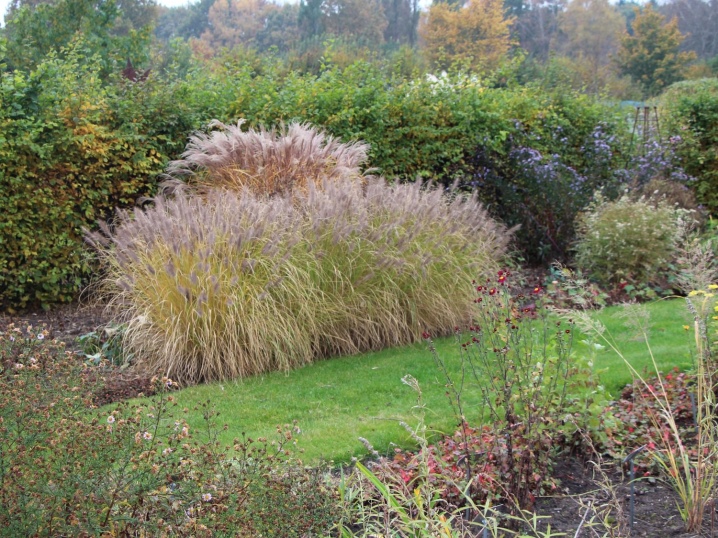
The famous landscape designer Wolfgang Oeme, known for his compositions of a huge number of herbs, very highly values the lightning. He considers the landing of lightning on a dark background especially effective.
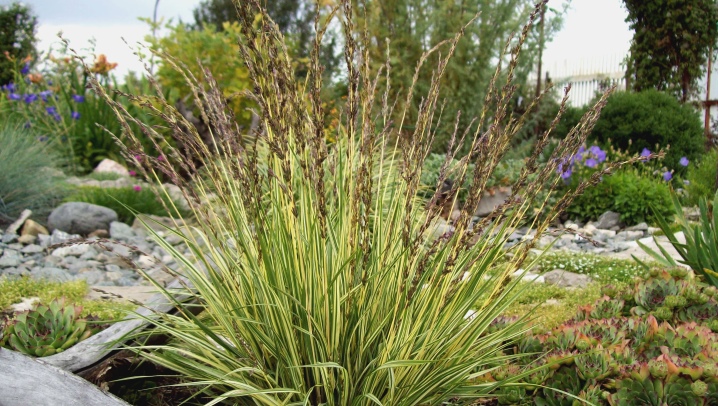
You can plant it even in the foreground, despite its growth, since through it other plants will be clearly visible - it will become a kind of veil through which more distant plans are visible. The plant looks especially impressive when illuminated by the setting sun, as well as in the morning in frost or dew drops.
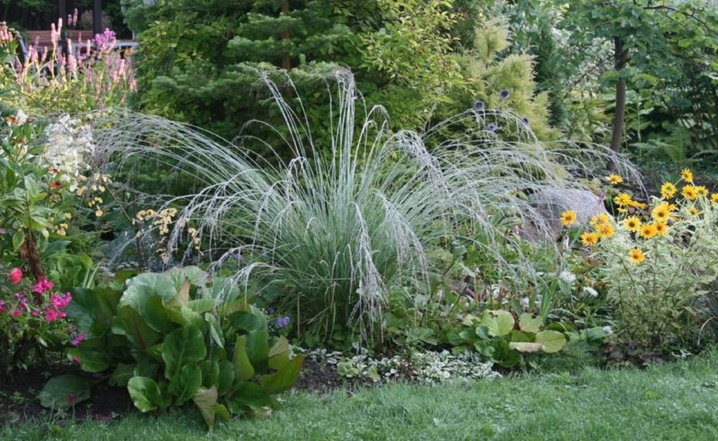
This plant, of course, does not become the main bright accent of landscapes, but its modest charm can be skillfully played in various compositions. When the blue lightning, especially beloved by gardeners, releases purple spikelets, its decorative effect increases. Variegated varieties are even more pleasing to the eye with their variegation.
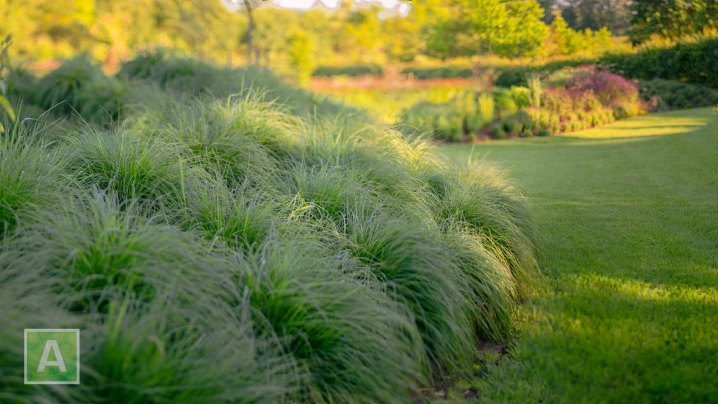
Remember that plants like lightning need space to enhance their beauty. Planted in a mixborder, the bushes will look good in a composition with low-growing plants. They also look good in rose gardens.
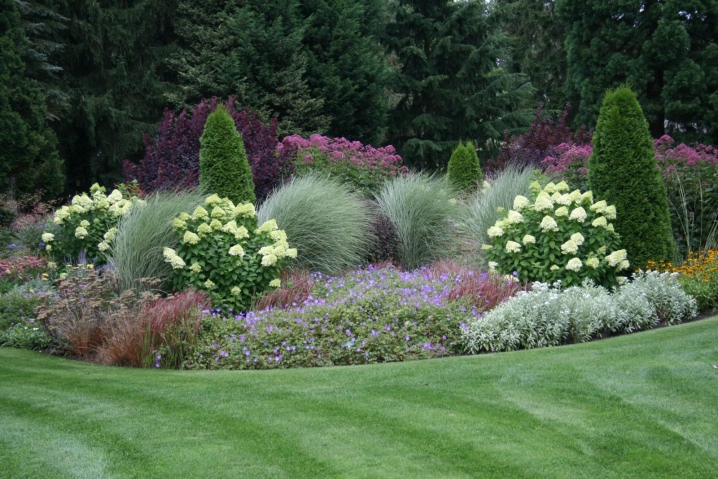
A great place for lightning is a summer cottage pond. Here she will feel at home, more precisely, as in her natural habitat. And the pond itself, framed by flowing stems, will look even more beautiful. Plant zippers in the rock garden, along the sides of the garden paths. Rudbeckia, asters, tenaciousness, helenium, periwinkle will become good neighbors in the flower beds for her.
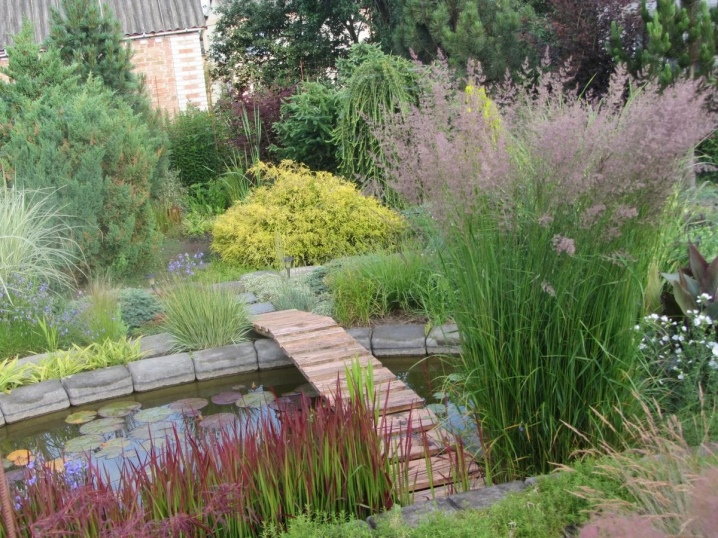
Moliniya has long gained popularity in Europe, and today it and other cereals are increasingly being grown in the summer cottages of our country. The modest beauty and grace of its stems gives scope for imagination to lovers of landscape design. The genus of lightning includes both compact and giant varieties, among which you can certainly choose a plant for yourself.
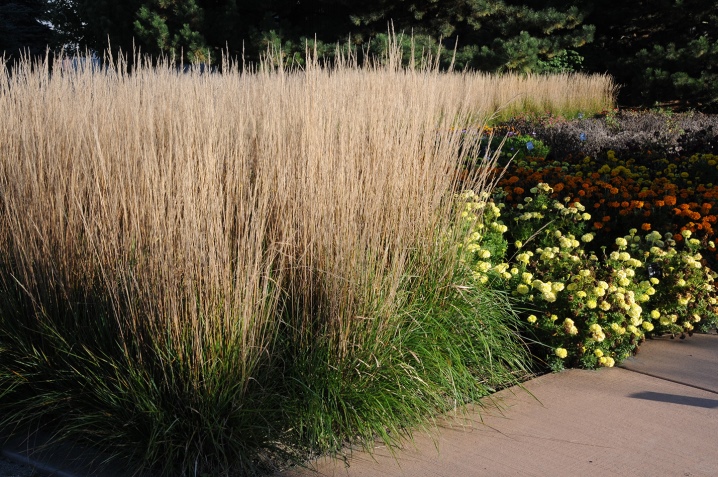
An overview of the lightning in the video below.







































































































The comment was sent successfully.